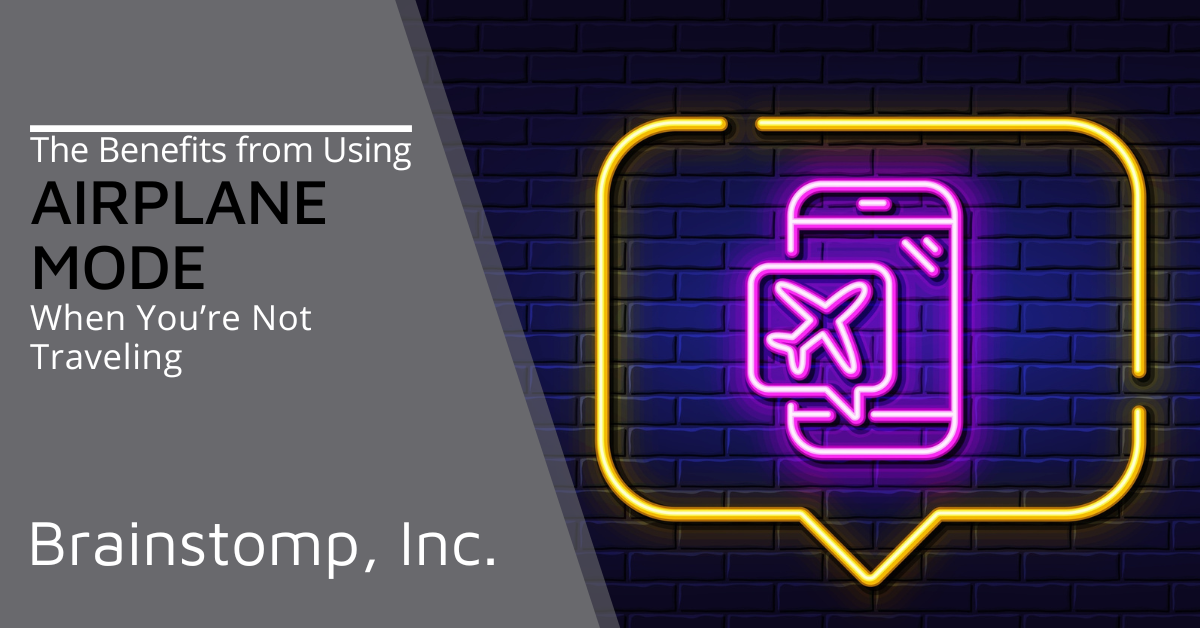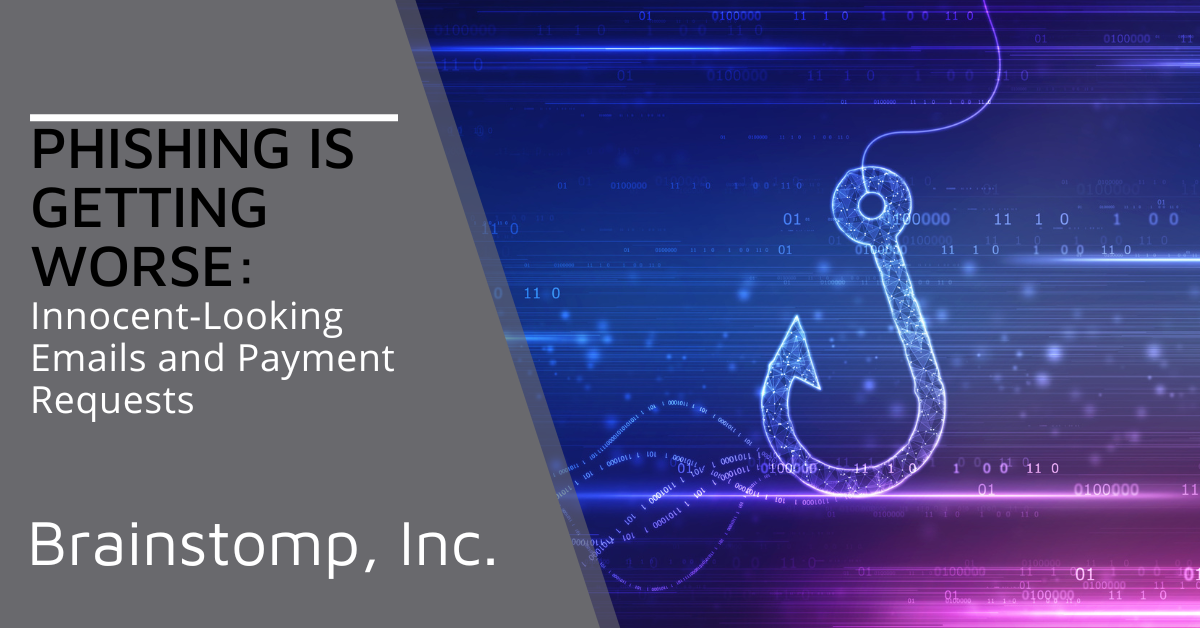5 Tangible Ways to Demonstrate the Value of Your Cybersecurity Efforts
/In today’s digital landscape, the indispensability of robust cybersecurity measures for businesses cannot be overstressed. As organizations increasingly pivot toward digital transformations and technology integration, the corresponding surge in cyber threats makes cybersecurity initiatives paramount.
While implementing cybersecurity strategies is essential, it is equally crucial to effectively communicate and demonstrate the tangible value of these efforts. This article explores a spectrum of detailed approaches to showcase the profound impact of cybersecurity initiatives on an organization’s overall well-being and success.
1. Quantifying Cost Savings through Risk Mitigation
One of the most concrete methods to underscore the value of cybersecurity efforts lies in quantifying cost savings achieved through effective risk mitigation. Beyond merely preventing data breaches, a well-orchestrated cybersecurity strategy directly contributes to financial resilience by reducing the potential fallout from cyber threats.
Employing metrics, statistical data, and insightful case studies, organizations can vividly illustrate how investments in cybersecurity technologies and employee training programs have led to substantial reductions in financial losses due to cyber incidents.
Take, for instance, the quantification of the cost of data breaches within a specific industry. By delving into the average cost incurred by businesses in the aftermath of a data breach, organizations can underscore the financial implications of sound cybersecurity practices.
Additionally, showcasing the success stories or case studies of companies that effectively minimized financial losses through strategic risk mitigation further solidifies the tangible benefits of robust cybersecurity efforts.
2. Enhanced Operational Efficiency and Productivity
Beyond the direct financial impact, cybersecurity measures contribute significantly to enhancing operational efficiency and bolstering overall productivity within an organization. A secure digital environment cultivates a conducive atmosphere for employees to focus on their respective tasks without the looming specter of cyber threats disrupting their workflow.
This, in turn, leads to a noticeable reduction in downtime, as the organization’s digital infrastructure remains resilient against potential cyber intrusions.
Illustrating the correlation between cybersecurity implementations and workflow improvements provides stakeholders with a comprehensive view of the broader organizational benefits. Metrics such as reduced system downtime, fewer disruptions to daily operations, and increased employee productivity serve as tangible indicators of how cybersecurity efforts directly contribute to the seamless functioning of an organization.
3. Fostering Trust and Reputation Management
Building and maintaining trust is integral to any business’s success, and robust cybersecurity practices play a pivotal role in this regard. Communicating a commitment to cybersecurity not only protects sensitive customer data but also reinforces the organization’s commitment to ethical business practices. By emphasizing the implementation of stringent security measures, companies can assure their clients, partners, and stakeholders that their information is handled with the utmost care.
Moreover, in an era where data breaches and cyber threats are prevalent, organizations that prioritize cybersecurity are likely to gain a competitive edge in the market. This proactive approach to security becomes a powerful tool in reputation management, enhancing the brand image and fostering trust among customers and clients.
4. Compliance and Regulatory Adherence
In an era of increasingly stringent data protection regulations, adherence to compliance standards is not just a legal requirement but also a tangible way to demonstrate the efficacy of cybersecurity efforts. Organizations that align their cybersecurity practices with industry-specific regulations showcase a commitment to maintaining the highest standards of data protection.
By consistently adhering to regulatory frameworks, companies not only avoid potential legal ramifications but also position themselves as responsible custodians of sensitive information. This commitment resonates with customers and partners, providing them with the assurance that their data is handled in accordance with established legal and ethical guidelines.
5. Proactive Threat Detection and Incident Response
A proactive approach to cybersecurity involves not only preventive measures but also robust threat detection and incident response capabilities. Demonstrating the effectiveness of these proactive elements showcases an organization’s resilience against evolving cyber threats.
Metrics related to the speed of threat detection, the efficiency of incident response protocols, and the overall mitigation of potential damages contribute to a comprehensive narrative of an organization’s cybersecurity prowess.
By highlighting instances where swift action and effective response thwarted potential cyber threats, organizations can paint a vivid picture of their cybersecurity capabilities. This serves as a tangible testament to the value of investments in advanced threat detection technologies, employee training, and well-defined incident response strategies.
Invest In Your Security Today
The value of cybersecurity efforts extends far beyond the binary realm of protection against cyber threats. Effectively communicating this value requires a multifaceted approach that incorporates financial metrics, operational improvements, trust-building initiatives, regulatory adherence, and proactive threat management.
Organizations that can articulate and demonstrate the tangible benefits of their cybersecurity initiatives not only fortify their defenses against cyber threats but also enhance their overall resilience in an increasingly digital and interconnected world.
As we at BrainStomp continue to prioritize and invest in cutting-edge cybersecurity practices, we invite you to contact us to learn more about how our comprehensive cybersecurity solutions can safeguard your organization’s digital assets and contribute to your long-term success.












